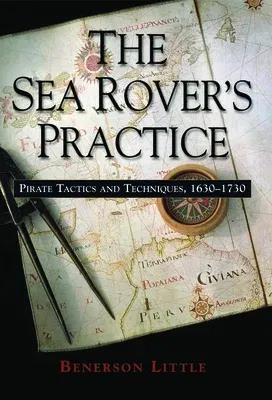To read of sea roving's various incarnations - piracy, privateering,
buccaneering, la flibuste, la course - is to bring forth romantic, and
often violent, imagery. Indeed, much of this imagery has become a
literary and cinematic clich?. And what an image it is! But its truth is
by halves, and paradoxically it is the picaresque imagery of Pyle,
Wyeth, Sabatini, and Hollywood that is often closer to the reality,
while the historical details of arms, tactics, and language are often
inaccurate or entirely anachronistic. Successful sea rovers were careful
practitioners of a complex profession that sought wealth by stratagem
and force of arms. Drawn from the European tradition, yet of various
races and nationalities, they raided both ship and town throughout much
of the world from roughly 1630 until 1730. Using a variety of innovative
tactics and often armed with little more than musket and grenade, many
of these self-described "soldiers and privateers" successfully assaulted
fortifications, attacked shipping from small craft, crossed the
mountains and jungles of Panama, and even circumnavigated the globe.
Successful sea rovers were often supreme seamen, soldiers, and above
all, tacticians. It can be argued that their influence on certain naval
tactics is felt even today. The Sea Rover's Practice is the only book
that describes in exceptional detail the tactics of sea rovers of the
period - how they actually sought out and attacked vessels and towns.
Accessible to both the general and the more scholarly reader, it will
appeal not only to those with an interest in piracy and in maritime,
naval, and military history, but also to mariners in general, tall-ship
and ship-modeling enthusiasts, tacticians and military analysts, readers
of historical fiction, writers, and the adventurer in all of us.

